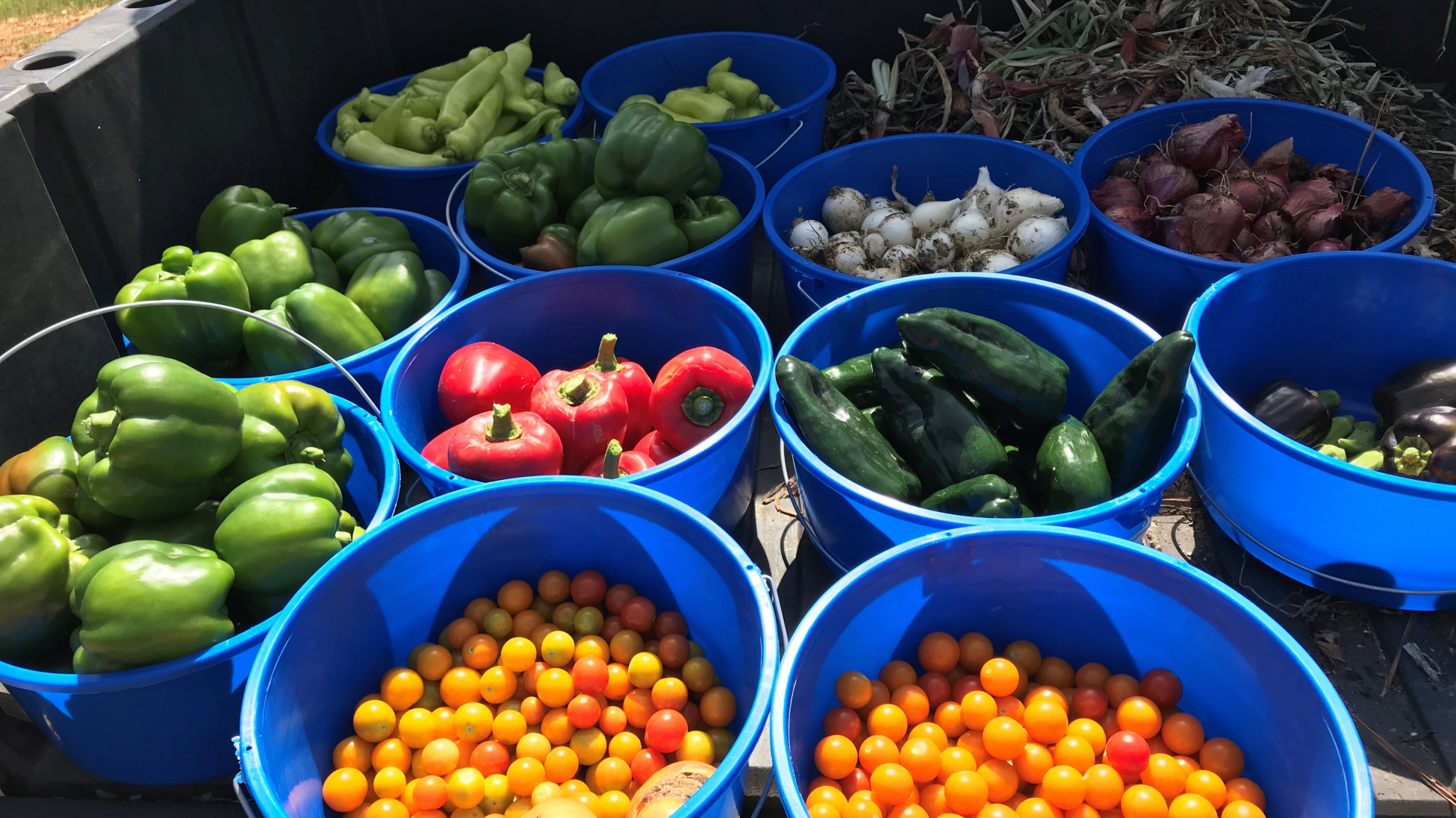
Private_Cluck
ModeratorForum Replies Created
-
We are in zone 8b (southeast Texas) and we ordered 40% black. It has not been installed yet.
-
For the upcoming year, all tomato seeds will come exclusively from Totally Tomatoes. Everything else will hopefully come from Hoss Tools. We had best germination rates from these two. Backup suppliers for anything we cannot get from Hoss Tools will be Gurneys and Baker Creek, likely in this order.
-
If you like sweet potatoes, then this recipe is for you. This casserole is on our dinner table every Thanksgiving and Christmas. Even people that never liked sweet potatoes eats these!
SWEET POTATO CASSEROLE
Ingredients:
6 – medium sweet potatoes
2 – large eggs, lightly beaten
1/3 cup – orange juice
1-1/2 tsp – vanilla
1/2 tsp – nutmeg
1/2 tsp – cinnamon
1/2 cup – granulated sugar
1/2 cup – butter, melted
2/3 cup – brown sugar, firmly packed
2/3 cup – pecans, chopped
4 tbsp – flour
4 tbsp – butter, softened
Instructions:
Cook sweet potatoes in boiling water for 30-40 minutes, until tender. Let cool to touch, drain, peel, and mash. Combine mashed sweet potatoes, sugar, orange juice, melted butter, vanilla, cinnamon, nutmeg, and eggs in mixing bowl. Beat on low/medium until smooth. Spoon into lightly greased casserole dish. Combine streusel toppings (brown sugar, flour, pecans, softened butter) and sprinkle over the sweet potato mixture. Bake in 350F oven for 30-40 minutes or until done.
-
Best corn casserole you’ll ever eat and so easy to make. We serve this every Thanksgiving and Christmas. Everyone that tries it, loves it!
CORN CASSEROLE
Ingredients:
1 – 16 oz can cream style corn
1 – 16 oz can whole kernel corn, drained
1 – onion, chopped
1 – egg
2/3 cup – sweetened condensed milk
1 cup – grated sharp cheddar cheese
1 cup – Ritz crackers, crushed
1/4 cup – butter, melted
salt/pepper to taste
Instructions:
Preheat oven to 350F. In mixing bowl, mix all ingredients together. Bake in 2 qt oven-proof casserole, without lid, for 50-60 minutes or until golden brown on top.
-
This reply was modified 2 years, 1 month ago by
 Private_Cluck.
Private_Cluck.
-
This reply was modified 2 years, 1 month ago by
-
We have been beekeeping for 6 years. We do not have any flow hives, only Langstroth hive boxes (normally 10-12 colonies at any given time), so I cannot comment with direct knowledge about one. I do not know of any large commercial beekeepers that use flow hives. A negative is the initial cost of the hives. Much more expensive that conventional boxes. Another negative is trying to inspect the general health of the bees and for being queen-right. Additionally, treating the bees for hive beetles, mites, or wax moths on the flow hives is more difficult. I’ll also admit that I have heard that flow hive owners say some good things about them. Hope this perspective is helpful to you.
-
A good place to buy solar panels is Signature Solar from what I hear, although I’ve never purchased any from them. Their prices seem reasonable and they carry an assortment of wattages / types. Next time I purchase panels, I’m extremely likely to go there. They are located here in Texas, only about a 3 hour drive for me to go pick them up and save the shipping cost.
-
I’ve mostly migrated to battery powered tools. I’ve standardized on the Ryobi line of battery powered tools. I think I have most of them. I would really like to get a Ryobi battery powered miter saw. I still have a few corded ones just in case. The only corded tool that I use regularly now is a drill for mixing sugar syrup for feeding our bees.
-
I have two Growatt 3kw inverters. They are set up to supply 240v and 6kw nominal. They were a good price when I bought them about 2 years ago. I think I paid about $1400 for the pair. The downside of the Growatt at the time I purchased them, is you need two of them to provide 240v. I need 240v for water well circuit (I also purchased a Growatt Well Pump Controller for soft-start of the motor). Each supply one 120v leg and are phase sync’d. Growatt now has a single unit that can provide 240v. They have been reliable and were reasonably easy to setup.
-
Here in Southeast Texas our winters are usually short, mid-December through mid-February. I’ll finish some long overdue work inside our log house. I plan to do inside seed starting probably mid to late January. Also need to do some more storage room cleanup before spring garden work begins in earnest.
-
No rain today in southeast Texas.
-
Harvesting lots of okra and some peppers.
-
We’ve pressure canned pork (cubed and shredded), chicken, beef (cubed and ground), tomatoes, potatoes, broth, and pears. Raw packed the pork and pre-cooked the beef and chicken. The pork (both ways) and chicken are great. The ground beef always comes out a little “mealy” but tastes OK. We use the ground beef mainly in spaghetti sauce. The shredded pork makes excellent pulled pork when mixed with BBQ sauce. The chicken goes into various casseroles. All meals with the canned items are eazy pezy.
-
Sorry for any confusion. We will use only the one shade cloth (40% black). It will be installed once and not removed. That is, used for years until we have to replace it due to wear and tear. It has not been installed yet because we are still constructing the high tunnel.
-
Conservative loading bearing capacity for soil is about 2,000 lbs per sq ft (Source: Table 401.4.1; CABO One- and Two- Family Dwelling Code; 1995). So, if you have about 10 sq ft of load area, then you could support about 20,000 lbs.
-
Private_Cluck
MemberDecember 6, 2022 at 2:39 am in reply to: What do you suggest for a small garden?We have used the square foot method in our four raised beds for several years. It maximizes production in a limited space. We actually have the square foot method plastic template to plant with. For example, our 4×16 summer bed of okra at its peak was producing a gallon of okra every day.
-
This reply was modified 2 years, 1 month ago by
 Private_Cluck.
Private_Cluck.
-
This reply was modified 2 years, 1 month ago by
 Private_Cluck.
Private_Cluck.
-
This reply was modified 2 years, 1 month ago by
